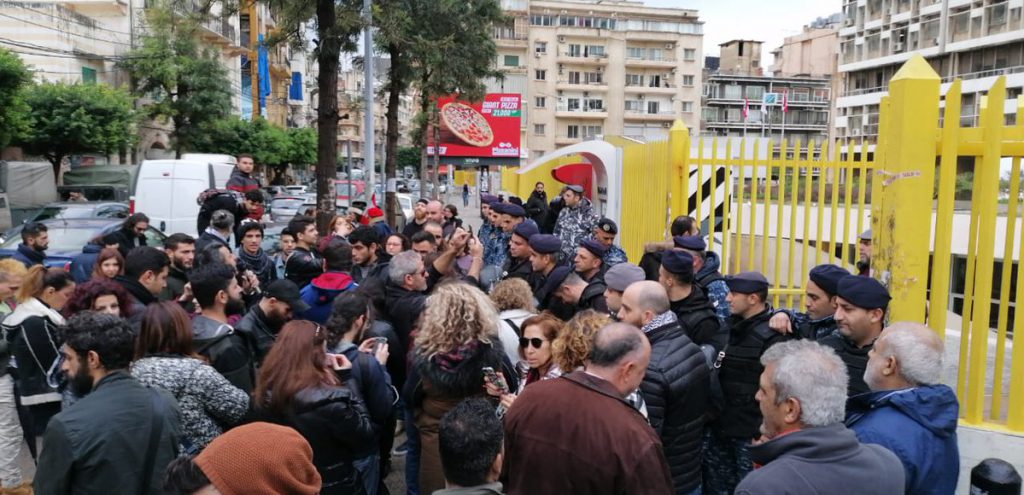Protesters over the past 24 hours have targeted branches of state-run Electricité du Liban and power infrastructures in northern Lebanon amid widespread blackouts across the country exceeding 16 hours a day due to rationing.
A source at EDL told Beirut Today that the increased outages were primarily due to a lack of funding EDL had available to buy fuel, meaning that the institution was unable to put more than 1,500 megawatts of power online.
Demand exceeds 3,300MW.
Additionally, the source said stormy weather had caused damage to power infrastructure and had prevented fuel barges from docking and unloading their cargo, leading to a shortage.
“It will get better in the next two days, but it definitely won’t get much better because of the level of funds given to EDL,” the source said. “We are trying to deal with this situation to try and provide electricity for the longest period possible, which forces us to take these measures. Sadly this is the situation in the country.”
Several dozen protesters gathered outside EDL’s main headquarters on Beirut’s Armenia street Thursday morning, blocking its entrance. Roads were also blocked in several areas of northern Tripoli Thursday morning over the large electricity outages that the area was witnessing.
While Beirut usually receives 21 hours of electricity per day, the number fluctuates in other parts of the country.
On Wednesday night, protesters broke into Tripoli’s Qadisha Electricity Company, which EDL holds a majority of shares in. “We want to shower, my god,” one man shouted from inside what appeared to be a control room at the power station.
In a video recorded inside the station, a protester says: “The electricity company is ours, we are paying for electricity and they don’t want to give it to us.”
Several later claimed they had managed to push employees to increase the electricity output for Tripoli and the surrounding area. The EDL source said this was unlikely.
Lebanese Army soldiers subsequently entered the power station, pushing protesters out before dispersing them with teargas and rubber bullets.
Protesters had also gathered outside the Deir Ammar power station in north Lebanon on Wednesday night.
Lebanon has been without 24/7 electricity for decades, with successive governments failing to build power plants or other infrastructure to secure enough output for the country’s growing demand.
Cabinet in April of last year endorsed an ambitious plan to build six new power plants in six years in order to bridge the gap. However, the process has been stalled at the early stages, amid disagreements between parties on the conditions under which bids for power plants should be held.
In addition to not providing round-the-clock electricity, Lebanon’s energy sector loses roughly $2 billion per year. Over the years these figures have added up to constitute roughly half of the country’s $85 billion public debt.
